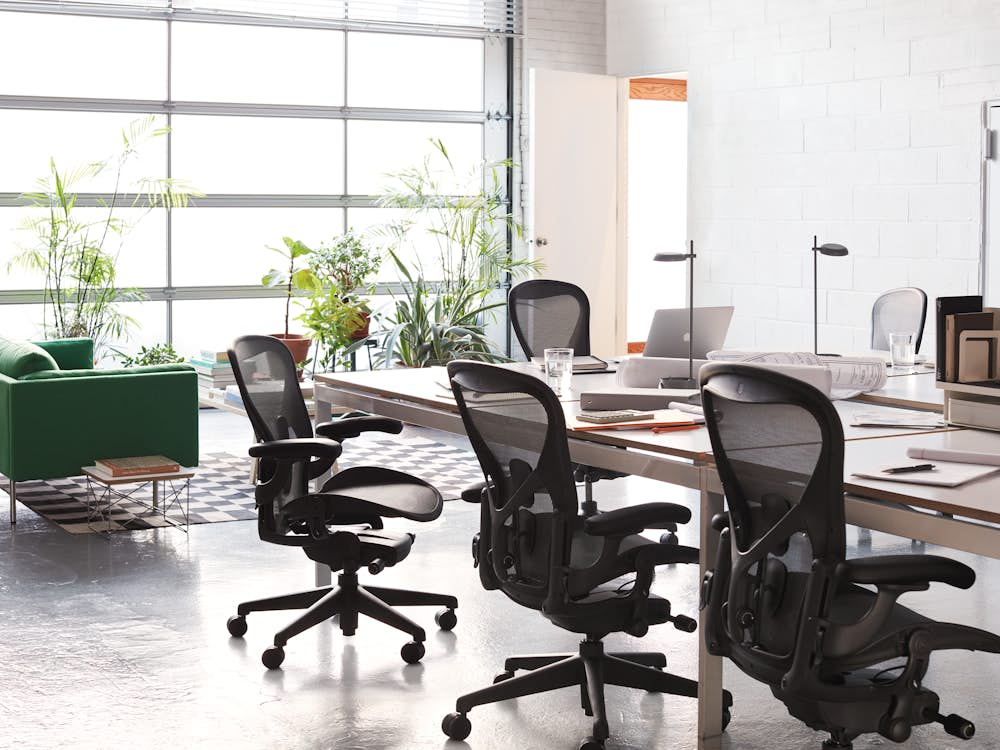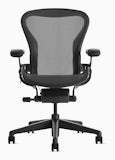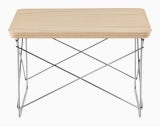No matter what type of office you work in—home, open, corner, or otherwise—you likely spend a lot of time sitting. Whether you’re typing on a computer, leading a meeting, or taking five to catch up on the news, the nature of office work lends itself to being planted in a chair.
And being the experienced sitter that you are, we probably don’t need to tell you that sitting for long periods can wreak havoc on your health. You may even have a few chiropractor bills that demonstrate the toll hunching over a desk for hours at a time can take on your joints and back.
One of the most common complaints we hear from office workers is that they need better chairs. Their backs are revolting against whatever foam and plastic contraption on casters they purchased at the local big-box store. So what’s the difference between a run-of-the-mill office chair vs. one that’s been designed from the wheels up with proper ergonomic consideration?
The keyword here is “ergonomics.” It’s a term that gets thrown around a lot in the context of office work, but what does it really mean? Can ergonomic design help people work more comfortably and efficiently? Read on for answers that might make you think twice before you order your next set of office chairs.
What is Ergonomics?
Ergonomics is an applied science that focuses on the ways people interact with products, processes, and systems in safer, more efficient ways. Put simply, it’s the study of people in their work environments.
While it might sound like a modern concept, ergonomics is an interest we share with the ancient world––all the way back to the Greeks. However, the scientific field didn’t come to prominence until the late 20th century, as computing and software became the centerpiece of the modern office. This shift increased specific types of work-related injuries, such as chronic back and joint pain, along with eye strain.
Ergonomic design aims to prevent work-related injuries and improve worker efficiency and productivity. Its principles can be applied across various workplace tools and technologies, including office chairs.
2. What Makes a Good Ergonomic Office Chair
When applying ergonomic thinking to office chairs, consider the aches and pains you’ve experienced while sitting and looking at a screen for long periods. Your neck cramps. Your lower back compresses, and your hips and legs fatigue. Even your eyes start to blur.
After a long day of sitting, it’s never more apparent that your body is an interconnected network of muscles, joints, tissues, and nerves. And if just one element is out of whack, the entire network starts to glitch.
A good ergonomic work chair is the first line of defense in combating these network errors that can cause discomfort and even pain. But what makes a good ergonomic work chair, well, good? First of all, it needs to be flexible and support the macro- and micro-movements you make while sitting: significant changes in posture, like standing up or sitting down, and the unconscious fidgeting and shifting that you do all day long. Even a single task can require a variety of postures (Grandjean et al., 1983; Grieco et al., 1986).
Generally, though, our research reveals that the human body takes on three distinct modes of sitting:
- Forward Sitting: This happens when the body angles forward to work along the desk’s surface, like when writing notes or signing documents (Mandal, 1985).
- Slightly Reclined Sitting: The preferred seated work posture, this mode is most observed when people are talking, typing, or using a computer mouse (Grandjean, 1980; Laubli, 1986).
- Deeply Reclined Sitting: People often adopt this posture for reading and resting.
How do you know if an ergonomic office chair provides proper support for all the ways you move during the day? Bill Stumpf, designer of the iconic Aeron Chair, once said, “Comfort is the absence of awareness.” Your back shouldn’t hurt. Your joints shouldn’t ache. You should be so focused on work that you don’t even notice you’re sitting in a chair.
The Three Pillars of Ergonomic Seating Design
At Herman Miller, we like to think we have the best chairs for your back and your business. And the reason we believe this is that all our ergonomic chairs have three unique strands of DNA that work together to empower the body’s optimal performance.
1. Natural Balanced Movement
Humans need to move, even when we sit. Our research found that seated people move their torso an average of 53 times an hour (Dowell et al., 2001).
That’s why we design chairs with movement in mind. As people adjust positions, our chairs move along with them, maintaining balance without adding strain on any part of the body.
To encourage natural balanced movement––the chair moving in tandem with the human body—we center our design choices around the body’s natural pivot points.
At Herman Miller, we know that no two bodies are the same, and neither is the way they sit. Our ergonomic chairs make sitting a more natural part of work, whatever a person’s shape or size.
2. Total Spinal Support
If your body is a network, think of the spine—from the upper thoracic region to the lower sacrum—as the thread that keeps everything connected. That’s why so much of our research has been focused on creating ergonomic chairs that provide total spinal support for people as they sit.
Because of the precise geometry and compliance of our seats and backrests, Herman Miller’s ergonomic work chairs immediately put the body in a healthful posture. They engage the spine at its lowest point, the sacrum, the moment you sit.
This allows for proper S-shaped curvature, reinforces the pelvis, and anchors all of the body’s major muscle groups. All spine regions are calibrated, supported, and accommodated to retain their natural curves through a full range of motion.
Whether seated upright or in a deep recline, you’ll always maintain back contact with our chairs. That’s unwavering strength and support right where you need it.
3. Dynamic Fit
We expect our minds to stay agile as we sit––and our bodies are no different. Even at its most focused, the body is never truly sitting still. Herman Miller ergonomic work chairs are designed to support all types of bodies through all of their twists and turns.
Our chairs feature strong, dynamic materials that conform to your body and distribute pressure where you need it most. This can enhance circulation and help you stay alert as you work.
What’s more, our breathable, porous textiles allow heat and moisture to dissipate, helping you stay cool and comfortable.
Choose the Best Office Chair for Your Business
If you’re looking for office furniture, you’ve probably noticed that the market is saturated with options––and office chairs are no different. But those at Herman Miller are.
Through tireless research on people and their work, Herman Miller has become a torchbearer for ergonomic design. As you’ll find, our portfolio showcases ergonomic chairs distinctly suited for different types of work. And each of our chairs is designed with material and ergonomic innovations that will help you and your team stay comfortable and productive.



